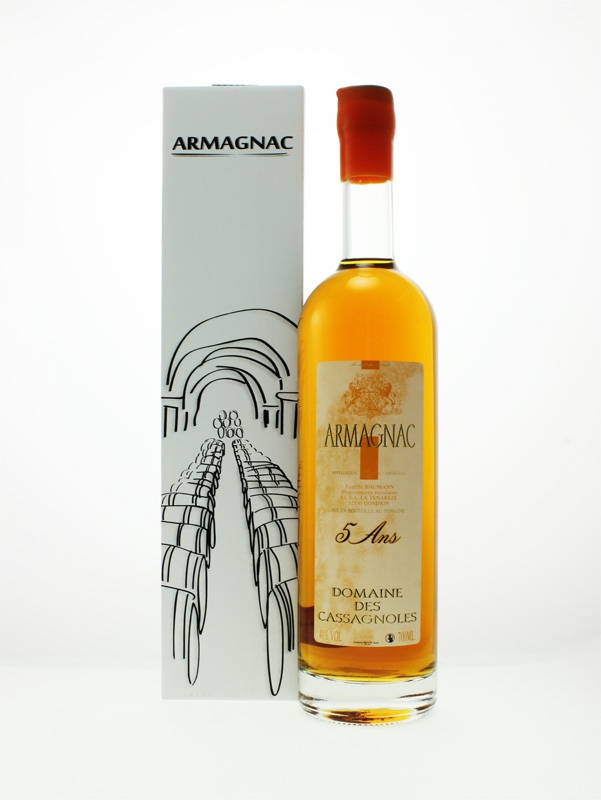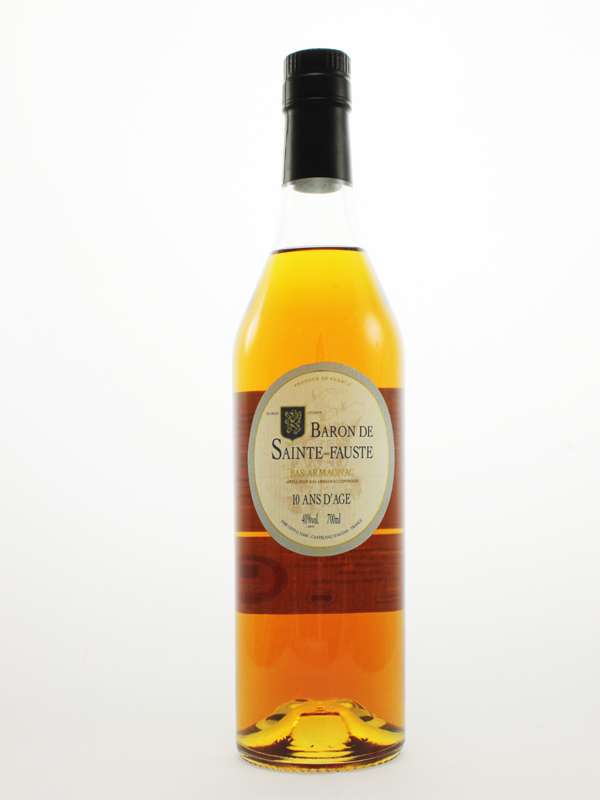The Good & Great Cognac Houses- Augier Frere
It is probably appropriate that in looking at the finest and great cognac houses that we should start with what is claimed to be the oldest cognac firm, that of Augier Freres & Co, established in 1643.
However, all that can be said with any certainty was that an Augier was already in business in the 1680’s. Another house called Ransons was said to have been in dispute with Augier over a brandy monopoly in 1604 but Ranson, later to become Ransons Delamain had worked with Augier in the late 17th and early 18th centuries. Other early names included Richard, Guérinet, Brunet and Lallemand, a relation of the early Martells.
Two members of the Augier family, Emile and Philppe appear in the records but their early history is unclear. What is rather less clear though is the passage of Augier through time. They appear to have moved from buyers to Negoçiant’s and traded cognacs to and from Ireland, Holland and Germany but as the passage of time passed, they became involved with other cognac houses initially with Briand and eventually they were sold to Seagram in 1966 .
Martell bought Seagram in 1987 who had bought out the Firino Martell family stake and had also acquired the firm of Jules Robin. By the end of the 20th Century Seagram’s Martell was failing badly and Seagram decided to sell off it’s drinks portfolio to Pernod Ricard, who placed Martell in their luxury goods markets and since then the firm has expanded.
Regrettably Augier exists in name only today and bottles bearing the name have gained in value. The Augier cognacs were all distilled in traditional Charentais stills and were aged naturally making them of good quality. Many of the grapes came from the Champagnes and Borderies. Very few bottles still remain today, but a bottle of 1820 was recently sold at auction for about £4000.


